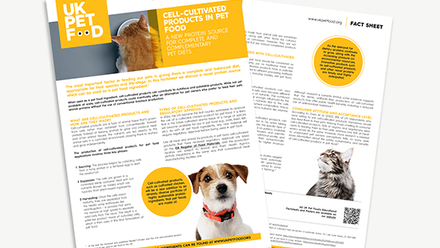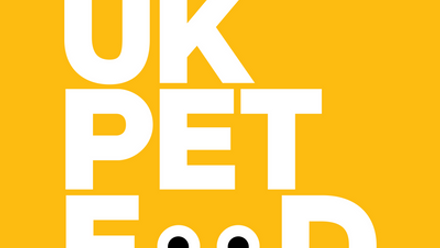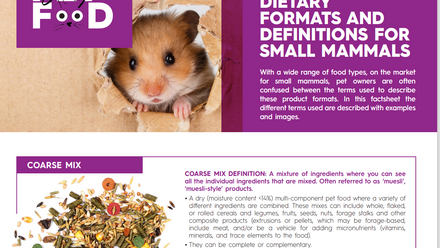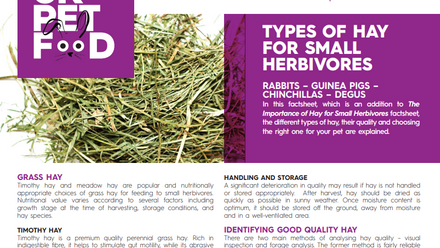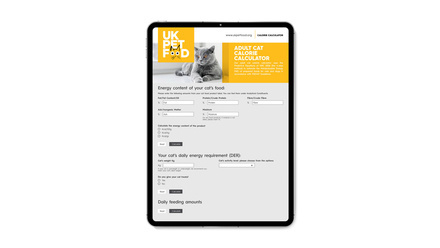Bird Size-O-Meter
Bird owners should get hands-on with their pets to determine if they have a healthy bird weight and size. As a bird owner, you should be checking your bird's weight regularly as pet birds can get obese quickly if they are fed an improper diet, especially in combination with a lack of exercise.
Use our handy Bird-Size-O-Meter below along with our tips on how to measure your bird's weight and size.
Bird-Size-O-Meter
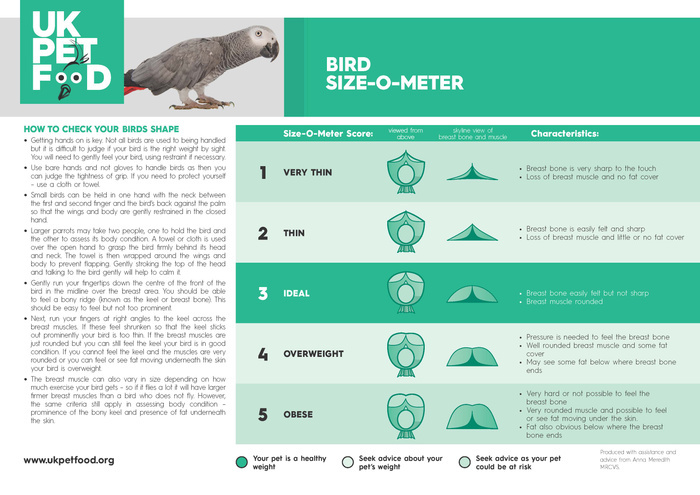
How to Check Your Bird's Size
Use this video and our top tips below to help you check your bird's size against our Bird-Size-O-Meter.
Top Tips for Checking Your Pet Bird's Size
- Getting hands on is key. Not all birds are used to being handled but it is difficult to judge if your bird is the right weight by sight. You will need to gently feel your bird, using restraint if necessary.
- Use bare hands and not gloves to handle birds as then you can judge the tightness of grip. If you need to protect yourself – use a cloth or towel.
- Small birds can be held in one hand with the neck between the first and second finger and the bird’s back against the palm so that the wings and body are gently restrained in the closed hand.
- Larger parrots may take two people, one to hold the bird and the other to assess its body condition. A towel or cloth is used over the open hand to grasp the bird firmly behind its head and neck. The towel is then wrapped around the wings and body to prevent flapping. Gently stroking the top of the head and talking to the bird gently will help to calm it.
- Gently run your fingertips down the centre of the front of the bird in the midline over the breast area. You should be able to feel a bony ridge (known as the keel or breast bone). This should be easy to feel but not too prominent.
- Next, run your fingers at right angles to the keel across the breast muscles. If the breast muscles are just rounded but you can still feel the keel your bird is in good condition. How to tell if your bird is underweight: If these feel shrunken so that the keel sticks out prominently your bird is too thin. How to tell if your bird is overweight: If you cannot feel the keel and the muscles are very rounded or you can feel or see fat moving underneath the skin your bird is overweight.
- The breast muscle can also vary in size depending on how much exercise your bird gets – so if it flies a lot it will have larger firmer breast muscles than a bird who does not fly. However, the same criteria still apply in assessing body condition – prominence of the bony keel and presence of fat under the skin.

